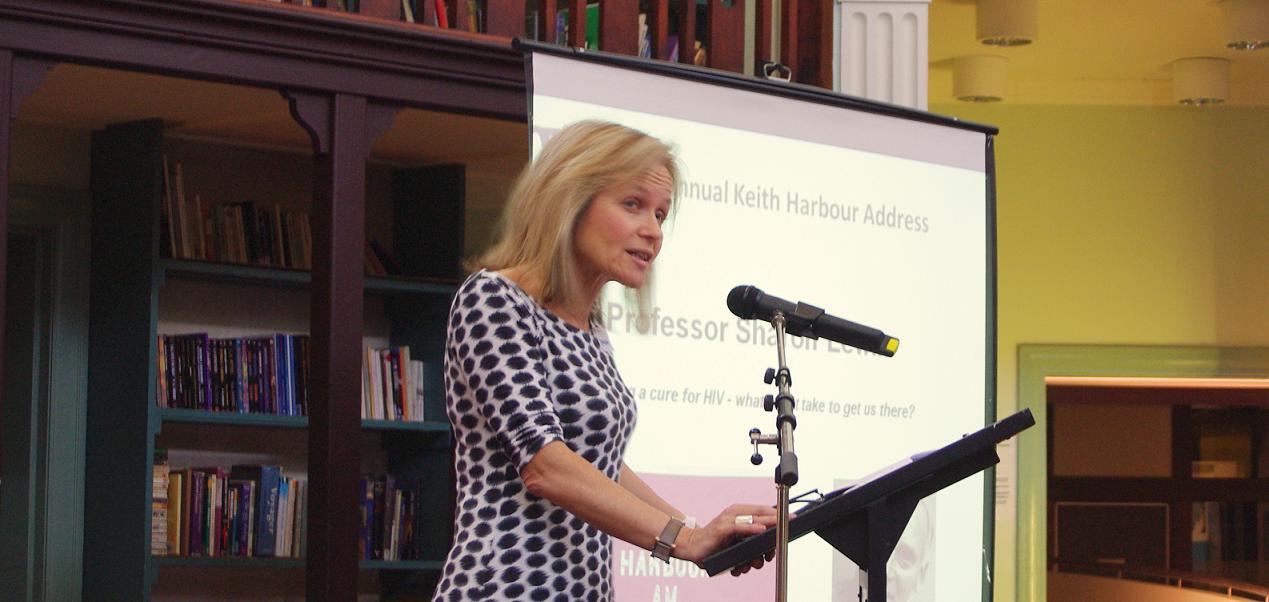
Unpacking the scientific community’s recent HIV announcements

A MAJOR medical conference in the US has seen a number of significant developments in HIV research with implications for how the HIV is managed in Australia.
The Conference on Retroviruses and Opportunistic Infections (CROI) held in Boston earlier this month saw some of the world’s top researchers in HIV and AIDS share recent breakthroughs in research around both prevention and treatment.
Top Australian HIV researcher at the Burnet Institute and co-chair of the AIDS 2014 conference Sharon Lewin spoke with the Star Observer about the significance of some of the announcements.
She identified as particularly important new research into long-lasting injections as a possible future alternative to current pre-exposure prophylaxis (PrEP) regimens. PrEP involves HIV-negative people taking antiretroviral medications as a preventative measure against HIV.
In the research presented at CROI, scientists injected monkeys with an experimental long-lasting antiretroviral drug, successfully protecting them against HIV infection.
“[The injection] was very effective in preventing transmission. I don’t think this is going to be used in treatment, because who would want to have an injection once a month when you can take a tablet. But this could be really effective for PrEP,” Lewin argued.
HIV advocacy organisation Living Positive Victoria also acknowledged the importance of the study as a step towards longer-lasting treatment options for people living with HIV.
Late last year the Victorian Government funded a three-year trial of PrEP for HIV-negative people at high risk of contracting the virus.
Researchers at the University of Pennsylvania also reported the recent publication of research into gene-therapy as HIV treatment. Scientists modified HIV-positive people’s T cells to remove the gene required for HIV to enter the cell, then re-infused the HIV-resistant, modified cells into the patients.
Lewin said this research was still in the very early stages, and while the trial showed the treatment was safe, levels of HIV in bounced back up in almost all patients who ceased standard HIV treatment after the gene-therapy.
In a keynote speech at the Victorian AIDS Council AGM last year Lewin had been critical of the potentially prohibitive costs of gene-therapy, but told the Star Observer it was still an important research area.
“It’s a potentially promising avenue of research and should it work, which would be brilliant, the next step would be to try and make it cheap and accessible,” she said.
Lewin said the news of a baby born with HIV in Los Angeles last year who may have been cleared of the virus by beginning treatment just hours after birth was less exciting. She argued that because the baby is still on HIV treatment around eight months later, it will be difficult to know what to take from the case until that treatment stops.
Living Positive Victoria also stressed the importance of engaging closely with the research coming out of CROI, and identified several studies of particular interest to people living with HIV.
The organisation cited a new antiretroviral vaginal ring as good news for HIV prevention in women and children. They also identified research into new drugs that open up the possibility of “maintenance therapy”, reducing the need for ongoing, high doses of treatment.
In less positive news, Living Positive Victoria drew attention to a study much higher rates of heart attack and cancer in people living with HIV, highlighting the many unknowns around long-term HIV treatment and even the long-term effects of the virus itself.









